Mechanisms for the emergence of Gaussian correlations
Marek Gluza
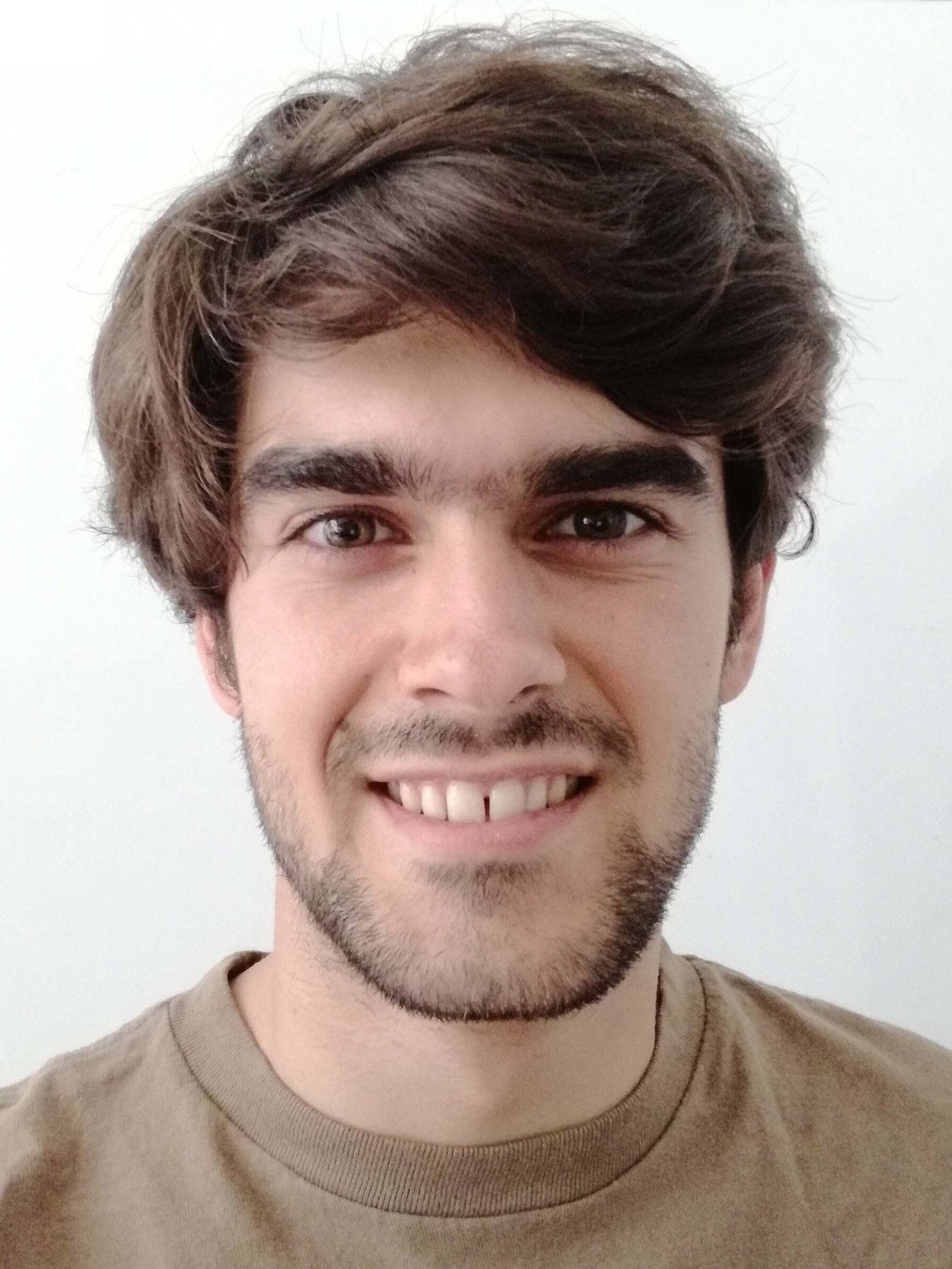


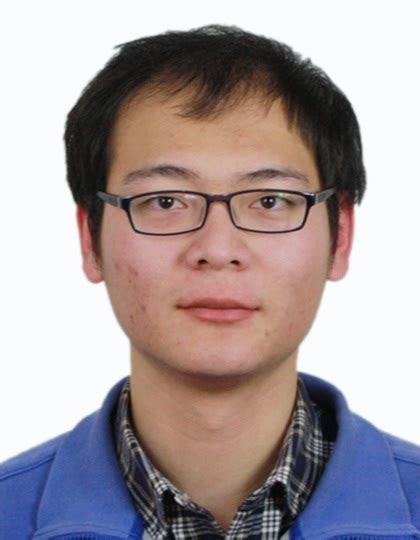
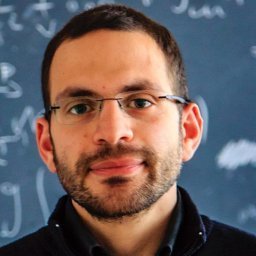

presenting based on collaboration with

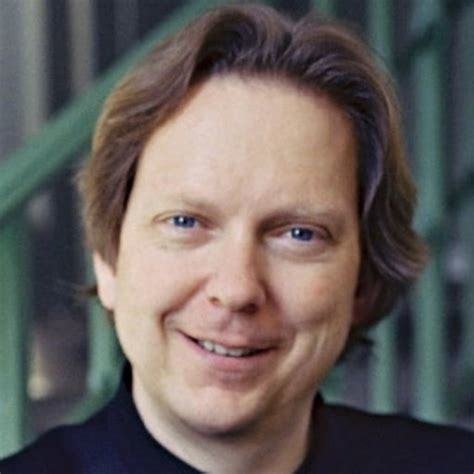
T. Schweigler, M. Tajik, J. Sabino, F. Cataldini, S-C. Ji, F. Moller, B. Rauer, J. Schmiedmayer, J. Eisert, S. Sotiriadis






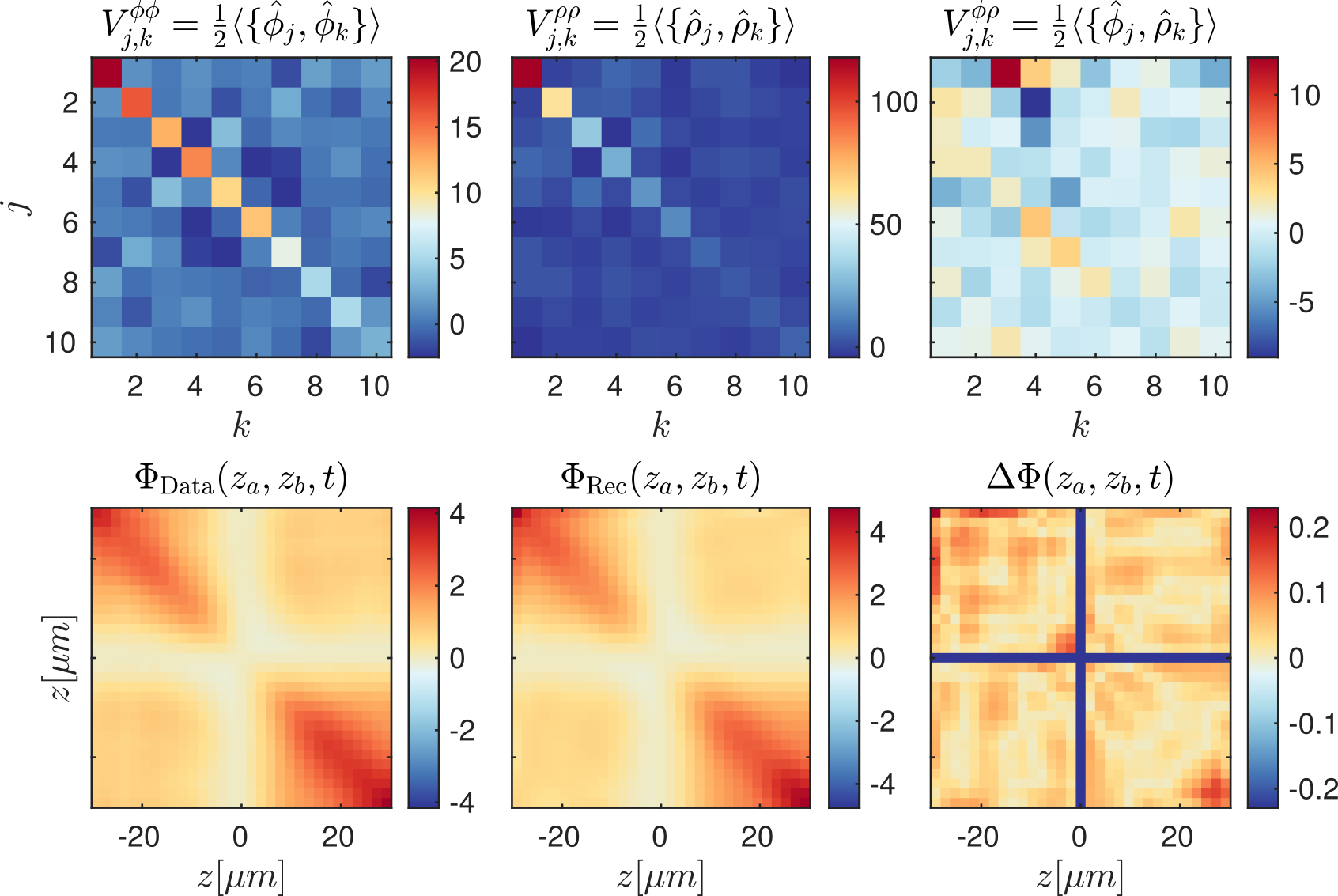
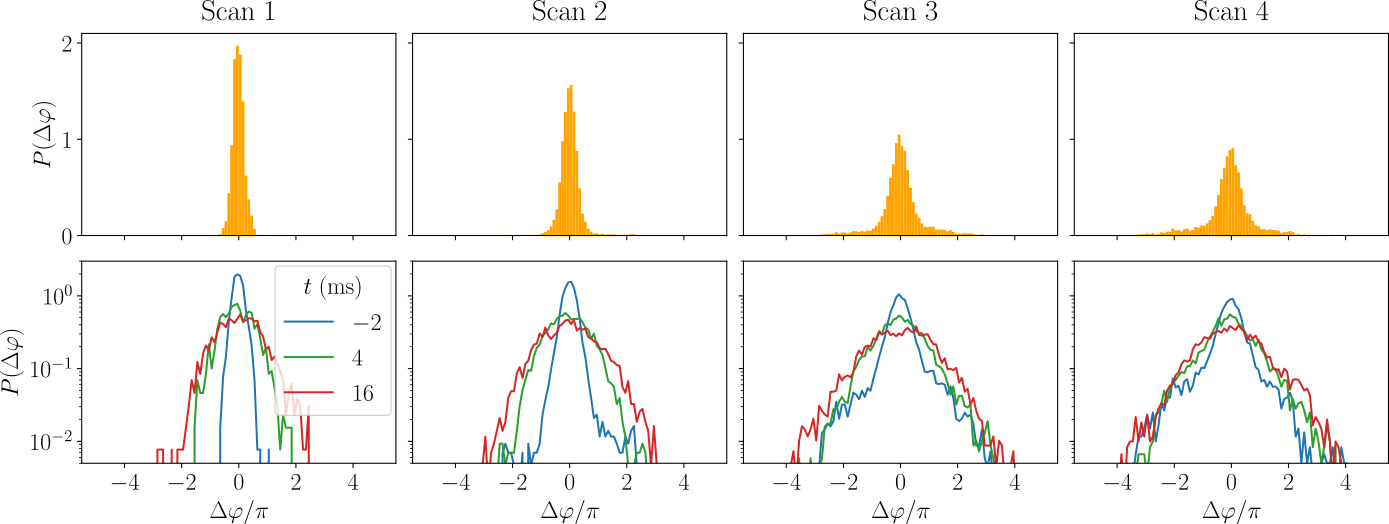
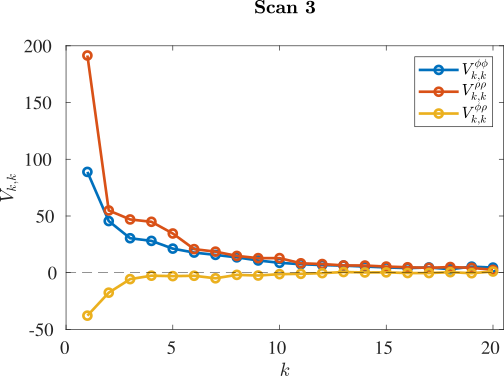





NTU Singapore
Join in for a science popularization experiment:
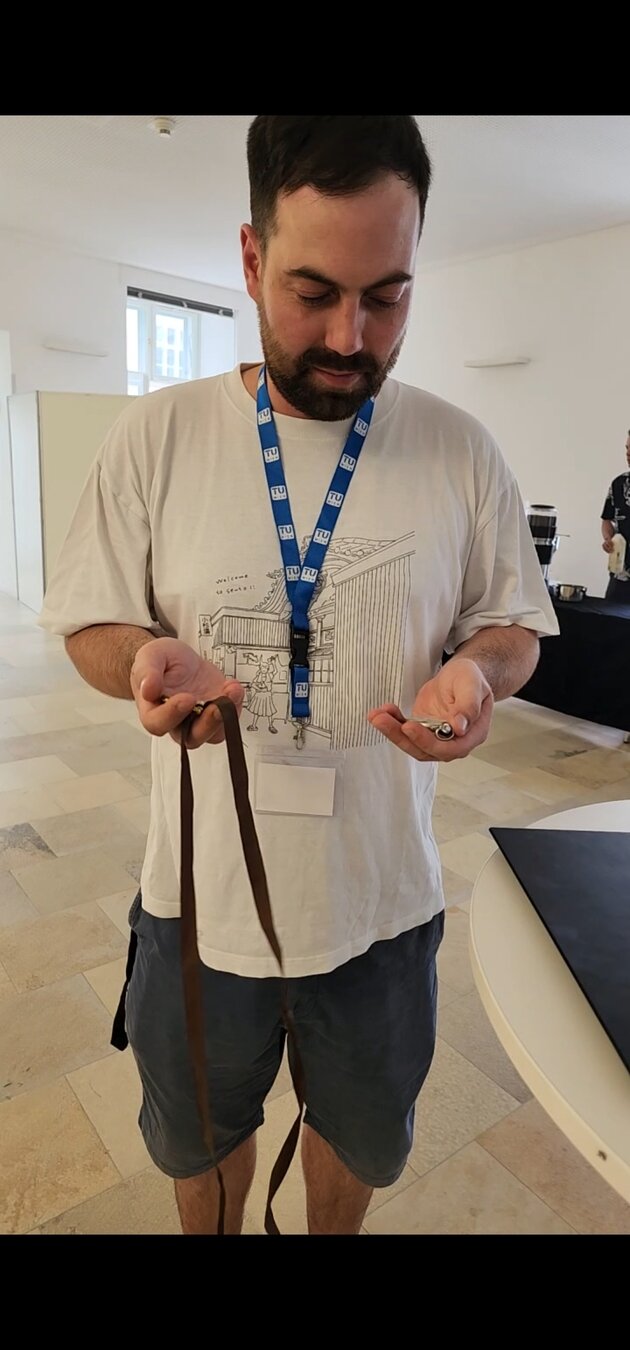
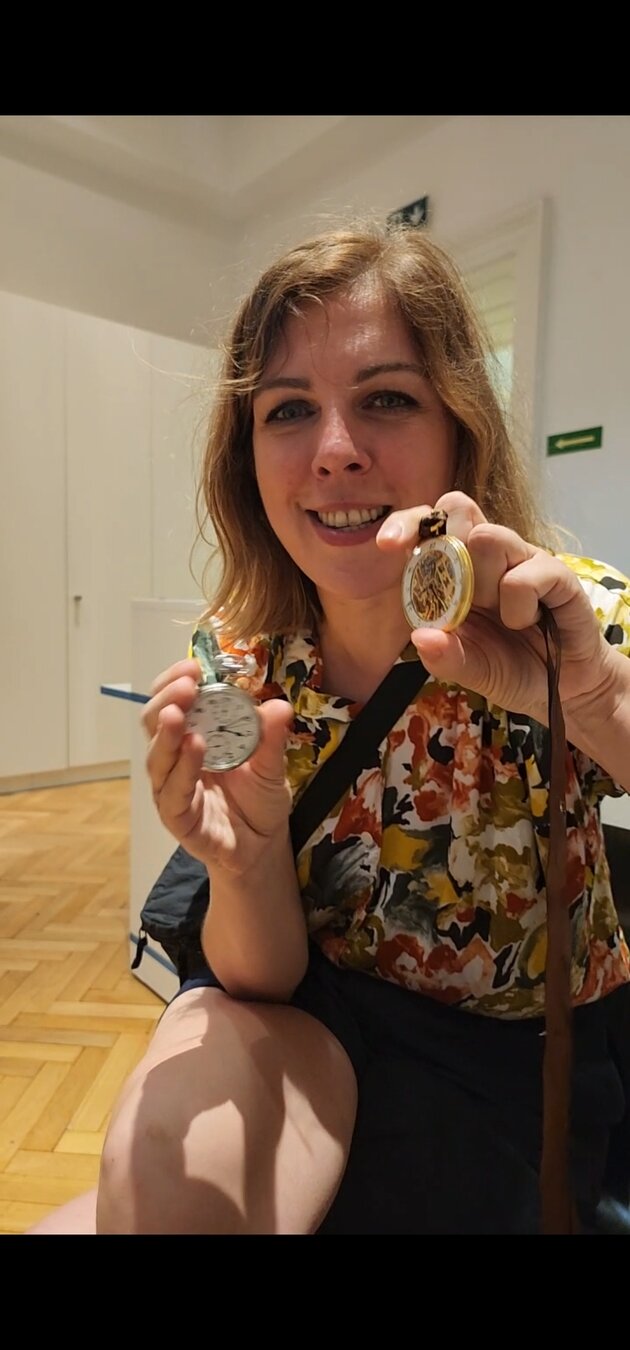

archiving our temporal thoughts about time
Today will be about
Using quantum simulator read-out
to better understand observed physics
The physical system

Can we develop
continuous field quantum simulators?
- Representation theory: Quantum information?
- Continuum limits: BQP and QMA or more?
- Are nanowires computationally hard to simulate?
What do we know is difficult?



SM
Fundamental
Universal
Effective

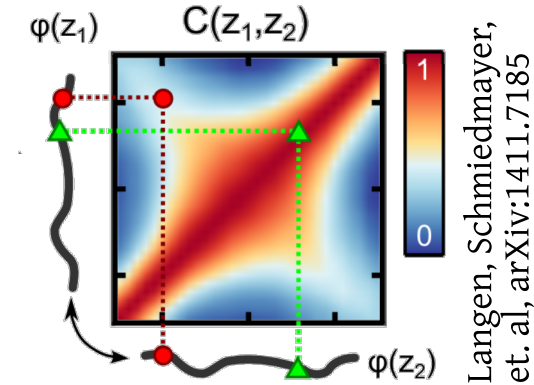
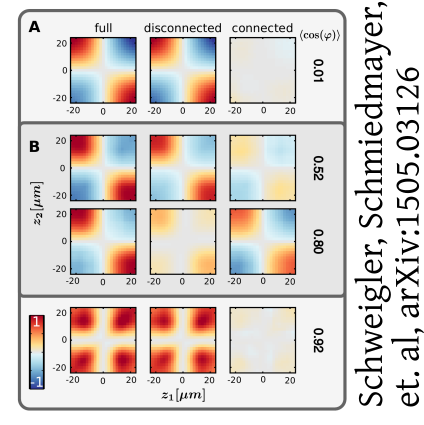
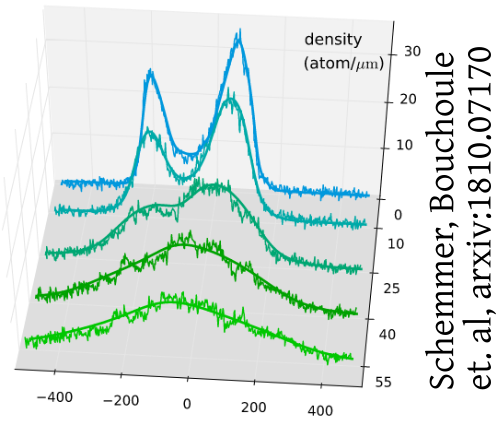
Non-thermal
steady states
Sine-Gordon
thermal states
Atomtronics
Generalized hydrodynamics
Recurrences
Some highlights:
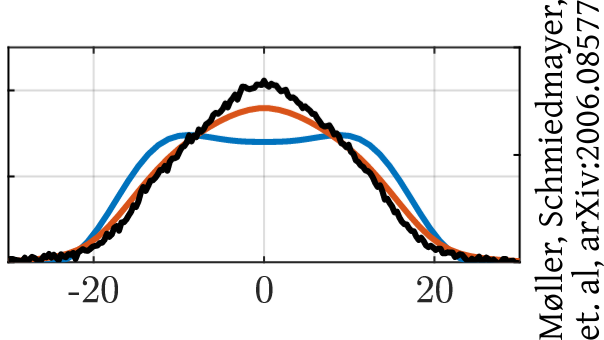
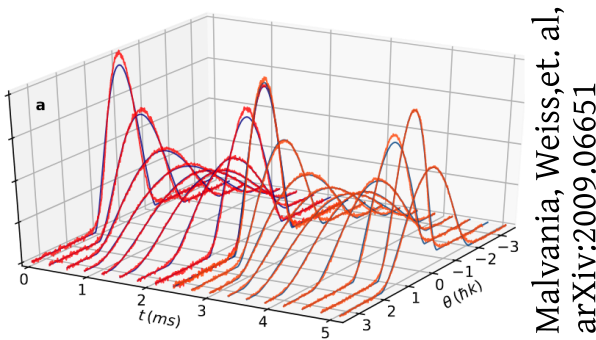
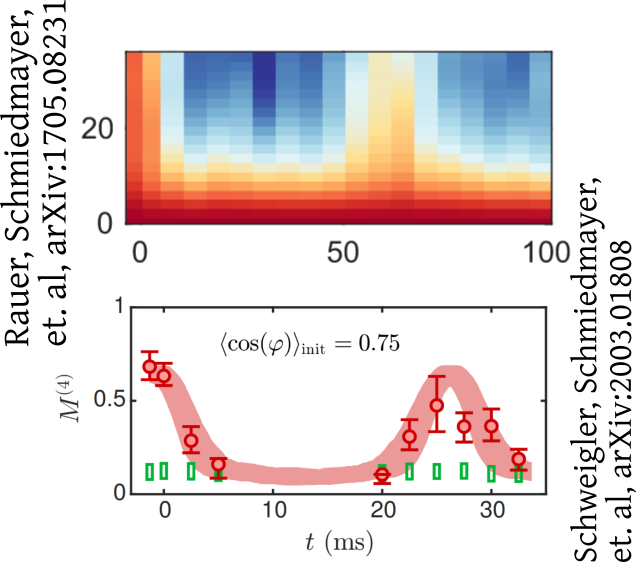
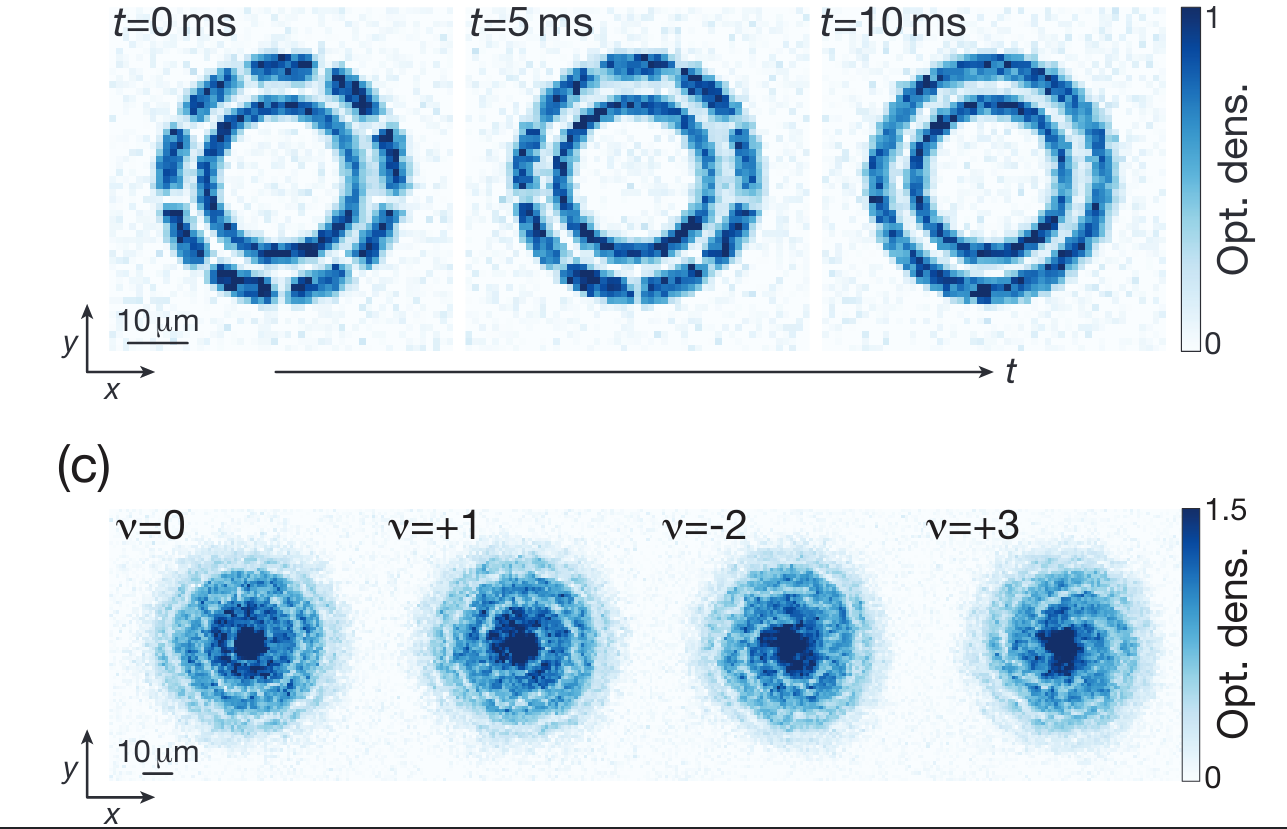

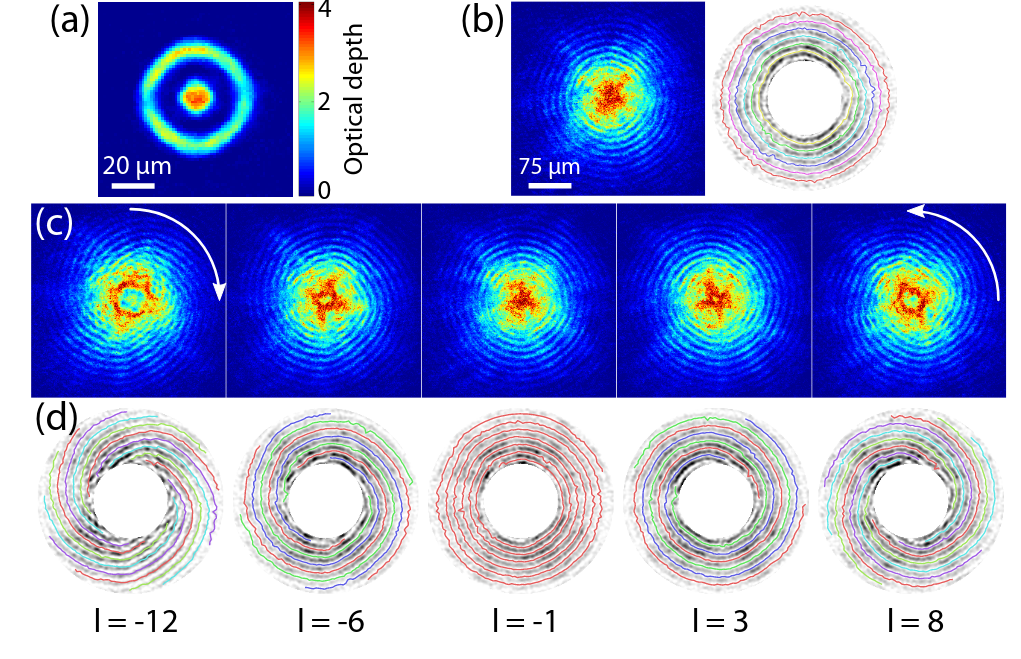
Amin Tajik on Friday


Interferometry
measures velocities






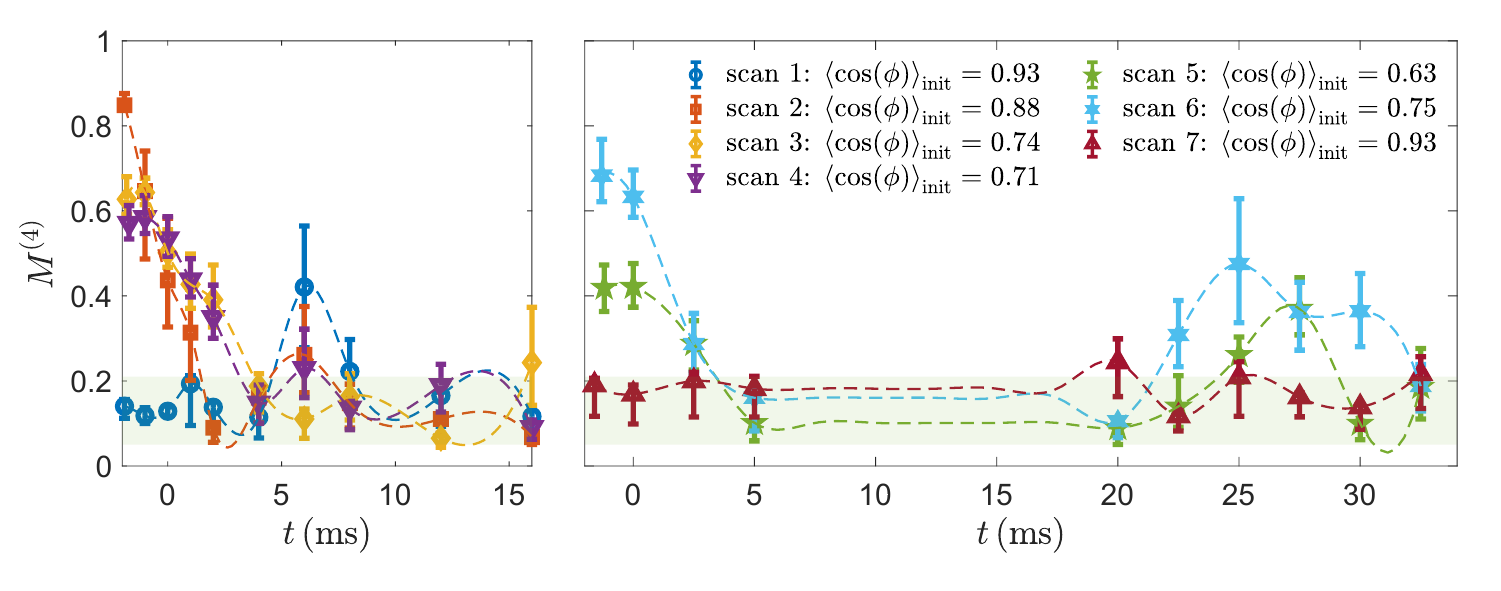
Initial non-Gaussianity decays
Why does it decay?
The system is isolated

Initial non-Gaussianity decays
Why does it revive?
The system is isolated
Then it revives











See persistence of non-Gaussianity in Rydberg arrays: Deger, Daniel, Papić, Pachos arxiv:2306.12210








Single-particle Green's functions that behave like this: Gaussify
(Think: Central limit theorem)





Phase fluctuations
Phase derivative correlations
increase with distance
decay but sizeable




Effective light cone
not dispersive






Conclusion: Spatial scrambling unlikely in this experiment








but
Think: transmuting the cumulant
Canonical decoupling:
Dominant Gaussian sector:
Quadrature rotation:
Gaussification by transmutation:
Classical field approximation conjecture: general at high temperature?






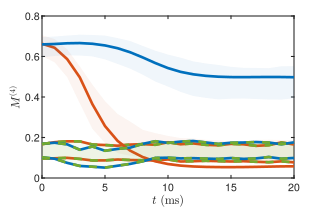













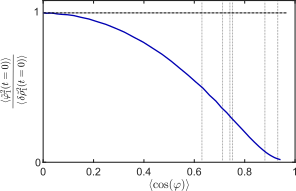






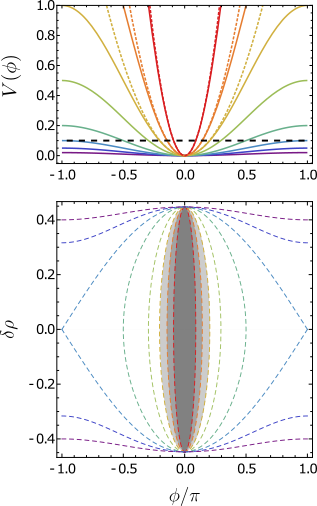







Conclusion: Canonical transmutation likely in this experiment





















Conclusion: Canonical transmutation likely in this experiment





Conclusion: Spatial scrambling unlikely in this experiment









T. Schweigler, M. Tajik, J. Sabino, F. Cataldini, S-C. Ji, F. Moller, B. Rauer, J. Schmiedmayer, J. Eisert, S. Sotiriadis


Join in for a science popularization experiment:



archiving our temporal thoughts about time
How?
1d gases

Inside: atoms
Outside: wavepackets
hydrodynamics


Energy of phonons



Tomonaga-Luttinger liquid
Gluza&Sabino&Vitaliagno&Ng, Huber&Schmiedmayer&Eisert, arixv:2006.01177
Quantum field refrigerators in the TLL model:
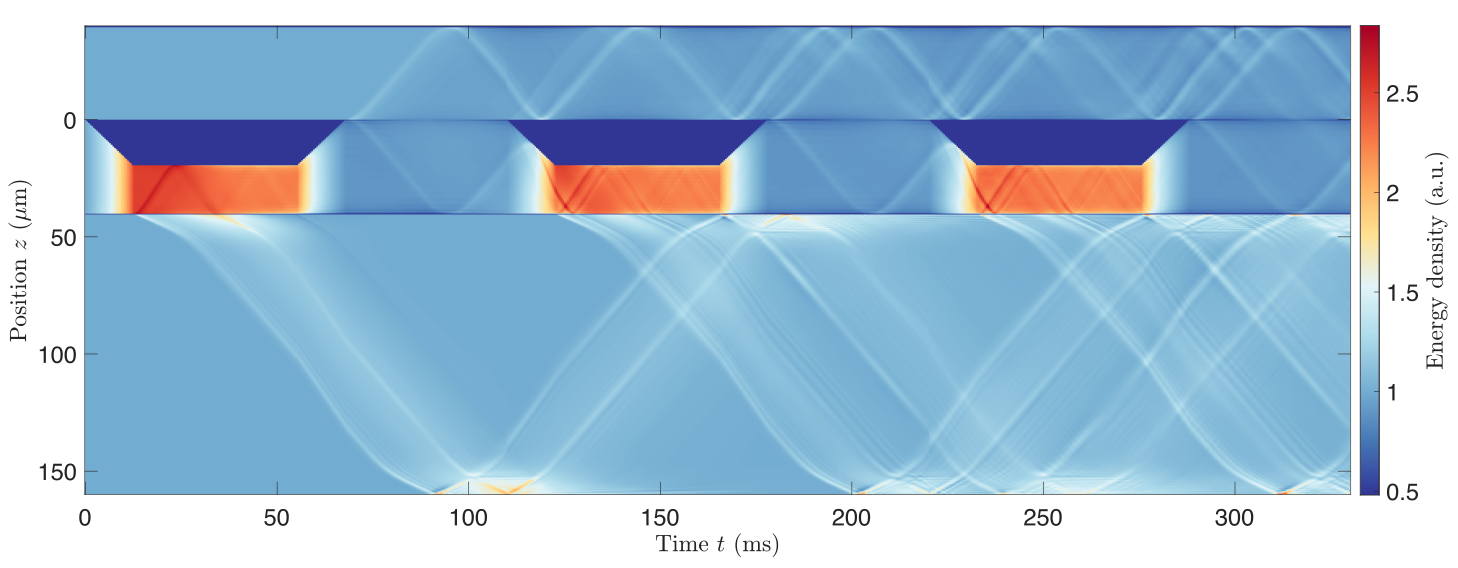
System
Piston
Bath
Bath with excitations
System cooled down
Breaking of the Huygens-Fresnel principle
in the inhomogenous TLL model:
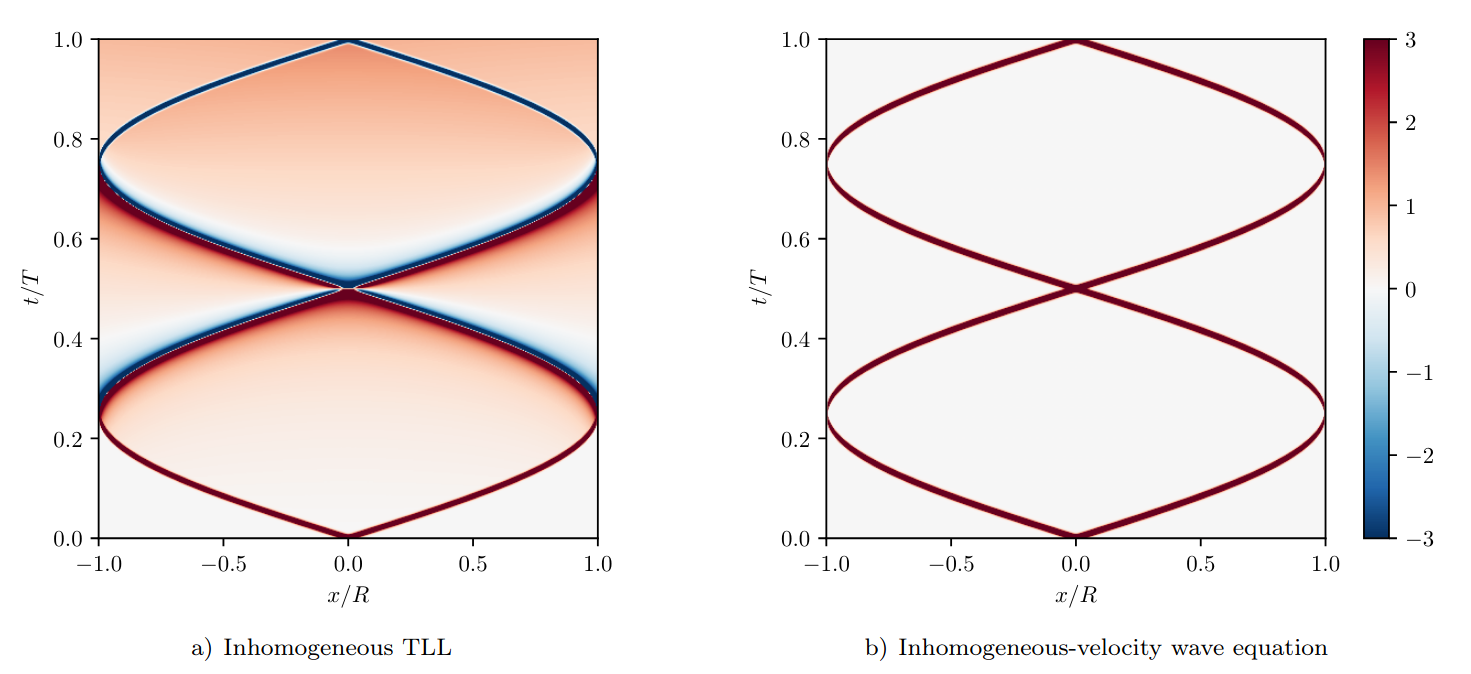
Gluza, Moosavi, Sotiriadis, arxiv:2104.07751
Why?
What?
What about correlations?

Velocity correlations:

Anti-correlation:
Left moves opposite to right

Velocity correlations

And with anti-correlation:




New data by M. Tajik, J. Schmiedmayer
Time step: 1ms
Simplicity arising from a quench:


Data by M. Tajik, J. Schmiedmayer
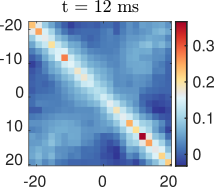
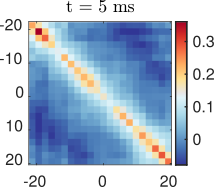


What?
What about quantum correlations?

Tomography for phonons

Gluza, Schmiedmayer&Eisert, et al, arxiv:1807.04567
Gluza, Eisert, arxiv:2005.09000

Tomography Klein-Gordon thermal state after quench


Data by M. Tajik, J. Schmiedmayer
Towards entanglement
Issue #1: Gibbs phenomenon


10 eigen-modes:
20 eigen-modes:
Issue #2: Zero mode missing in tomography
Towards entanglement
Role of the zero mode in entanglement
Squeezing criterion needs:

Not available in tomography
Conclusions
The atom chip experiment in Vienna:









M. Tajik, J. Schmiedmayer
S. Sotiriadis, J. Eisert
T. Schweigler, J. Sabino, F. Cataldini, S-C. Ji, F. Moller

Exciting simplicity!

Mechanisms for the emergence of Gaussian correlations
By Marek Gluza
Mechanisms for the emergence of Gaussian correlations
- 2,226



